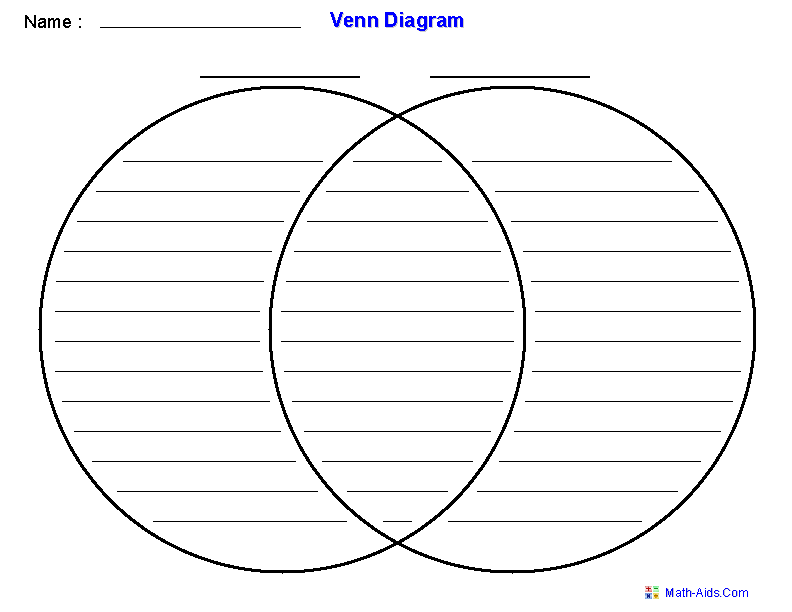Blog post #11 (final post): write a brief reflection on your experience of keeping a blog this term. Examples of questions to help you get started: What did you enjoy and learn from this assignment; and what did you not enjoy about this experience? Is keeping a blog something you plan to continue? Is a blog assignment something you would consider using in your own classroom
**********************
The blog assignment was fun. I've worked with discussion boards and owith blogs in prior classes. The blogs are always a fun way or working with a class. Also, unlike the classes, a blog can be referenced later while the discussion forums in a class can't be accessed after the class is over.
The only problem, and it's a minor problem, is going back to the forums and/or bookmarks to find the blogs of the other students. It's not a big problem at all, but is the only drawback I find to use blogs instead of discussion forums in an online class setting.
I have started blogs before, one for cooking, a family blog, a vacation blog, blogs for classes. I do have a class website and at some point could see adding a blog component to that.
I probably wouldn't use a blog component in my classroom as we only have reliable computer access on Thursdays during computer times. The school has COWS (Computers on Wheels - i.e. computer carts). One cart per 3 grade levels. Access to these carts is erratic and not something we use often due to having to sign up in advance and computer use isn't a common part of our class. If I had more computers in the classroom or more frequent access to the COWS I can see having a student blog with rotating student reporters/writers.
**********************
The blog assignment was fun. I've worked with discussion boards and owith blogs in prior classes. The blogs are always a fun way or working with a class. Also, unlike the classes, a blog can be referenced later while the discussion forums in a class can't be accessed after the class is over.
The only problem, and it's a minor problem, is going back to the forums and/or bookmarks to find the blogs of the other students. It's not a big problem at all, but is the only drawback I find to use blogs instead of discussion forums in an online class setting.
I have started blogs before, one for cooking, a family blog, a vacation blog, blogs for classes. I do have a class website and at some point could see adding a blog component to that.
I probably wouldn't use a blog component in my classroom as we only have reliable computer access on Thursdays during computer times. The school has COWS (Computers on Wheels - i.e. computer carts). One cart per 3 grade levels. Access to these carts is erratic and not something we use often due to having to sign up in advance and computer use isn't a common part of our class. If I had more computers in the classroom or more frequent access to the COWS I can see having a student blog with rotating student reporters/writers.







